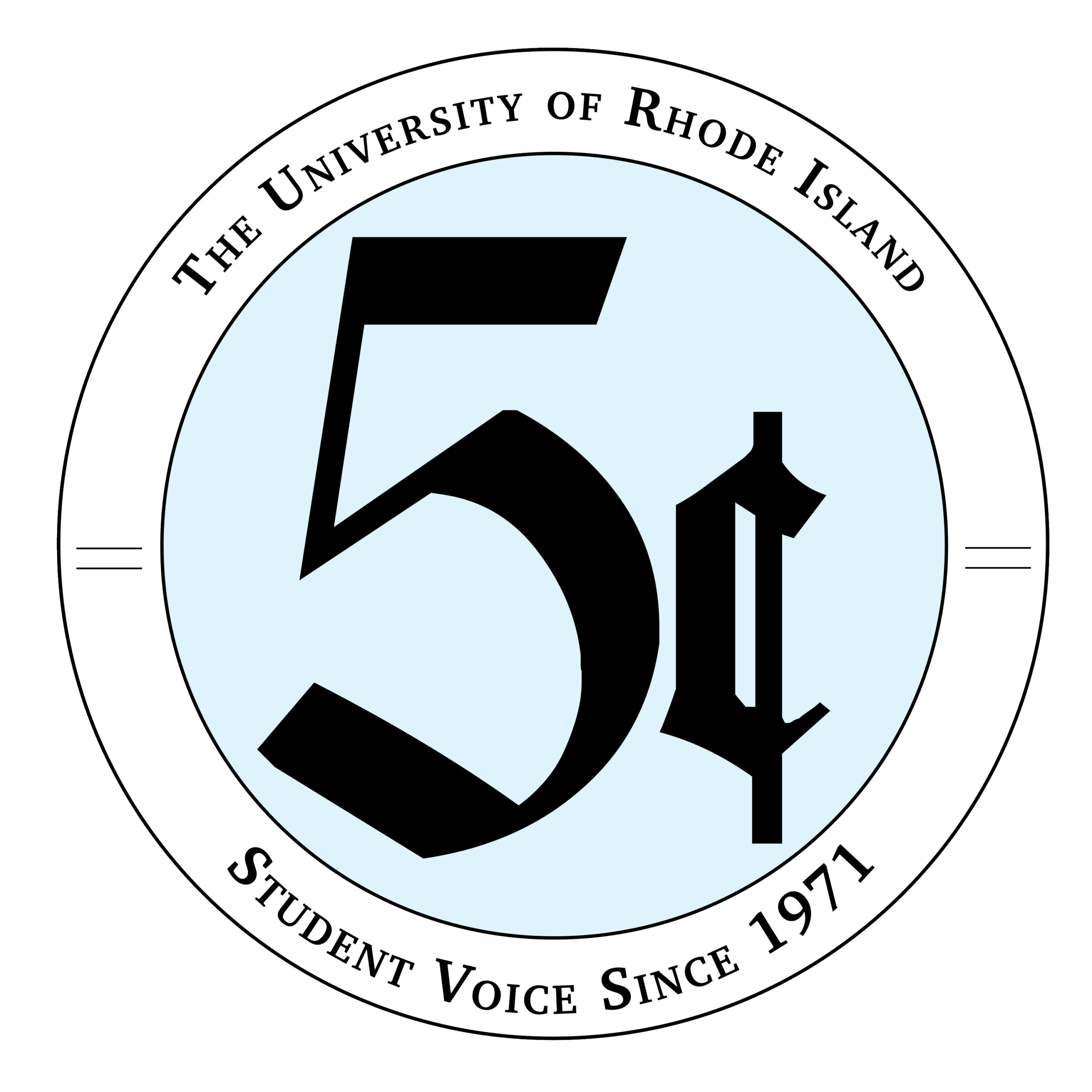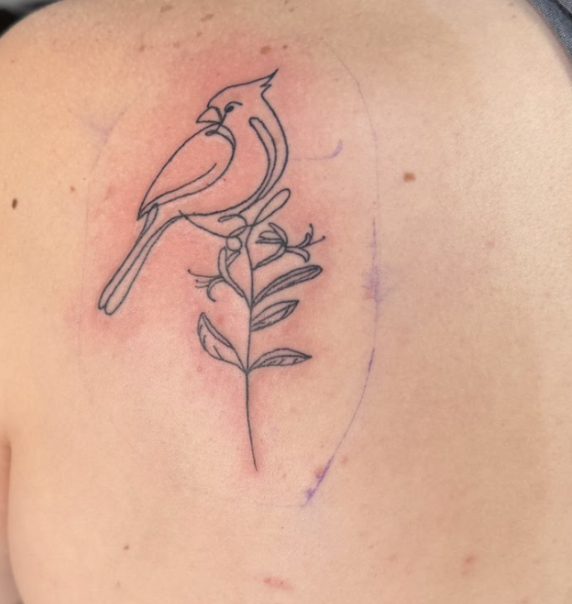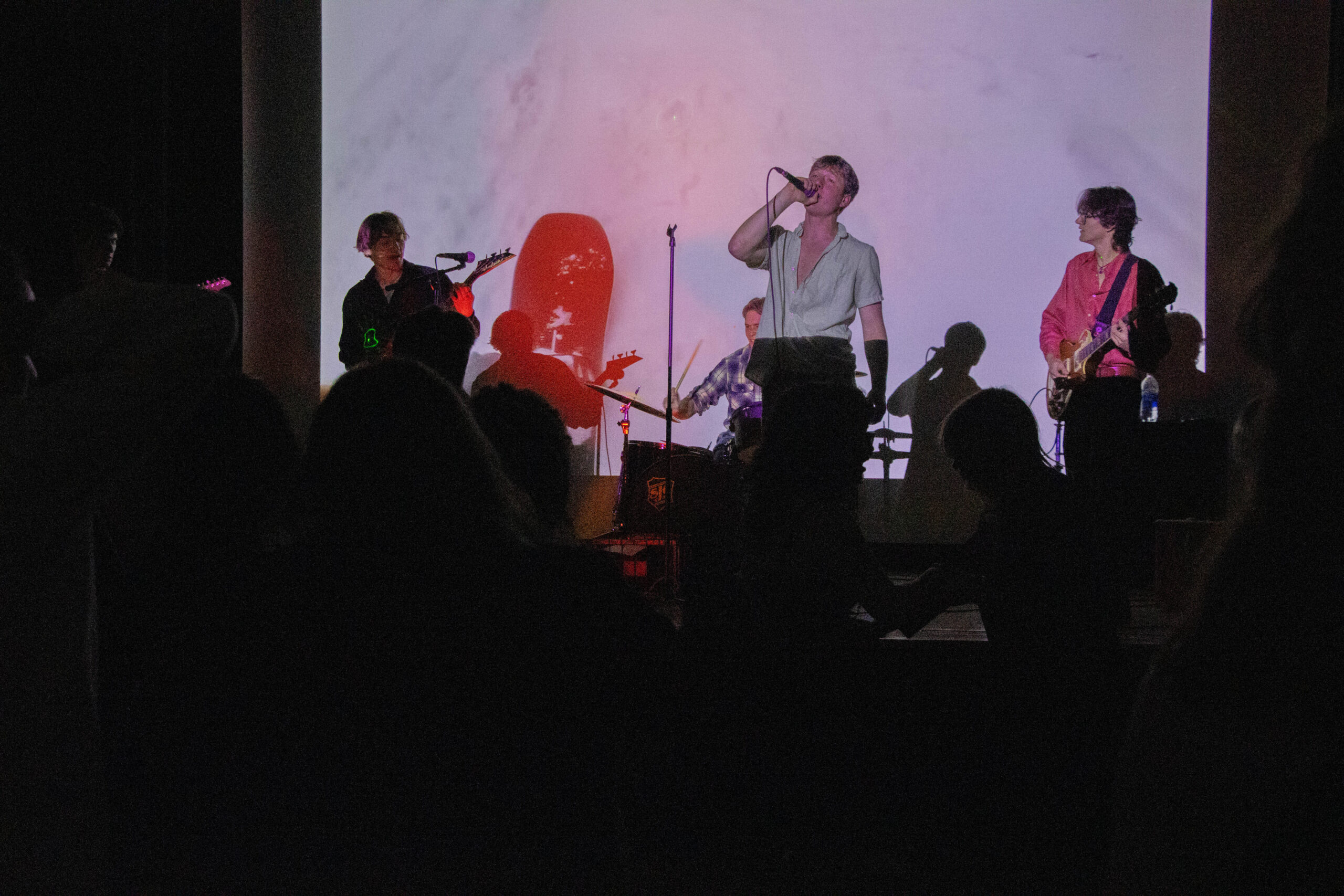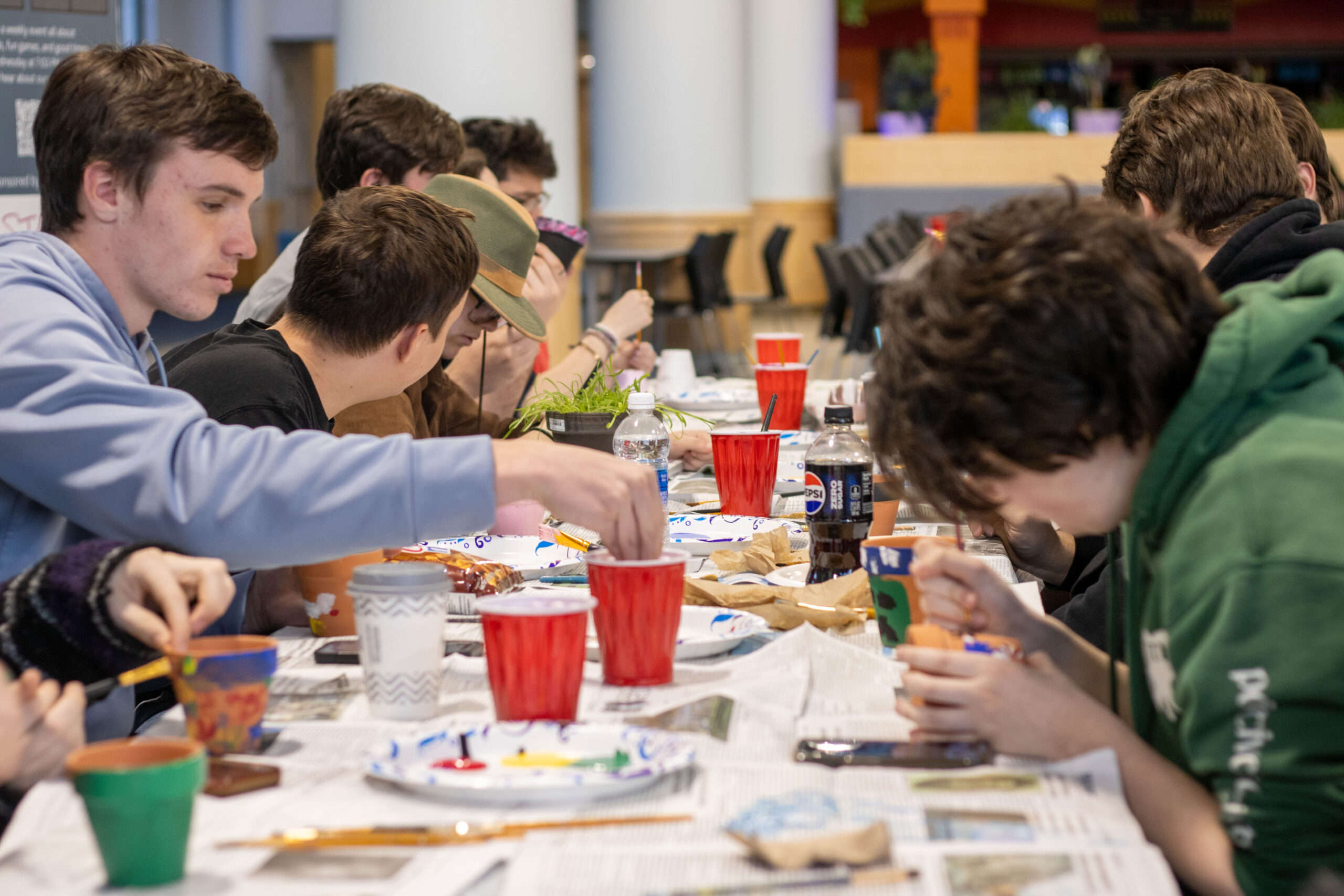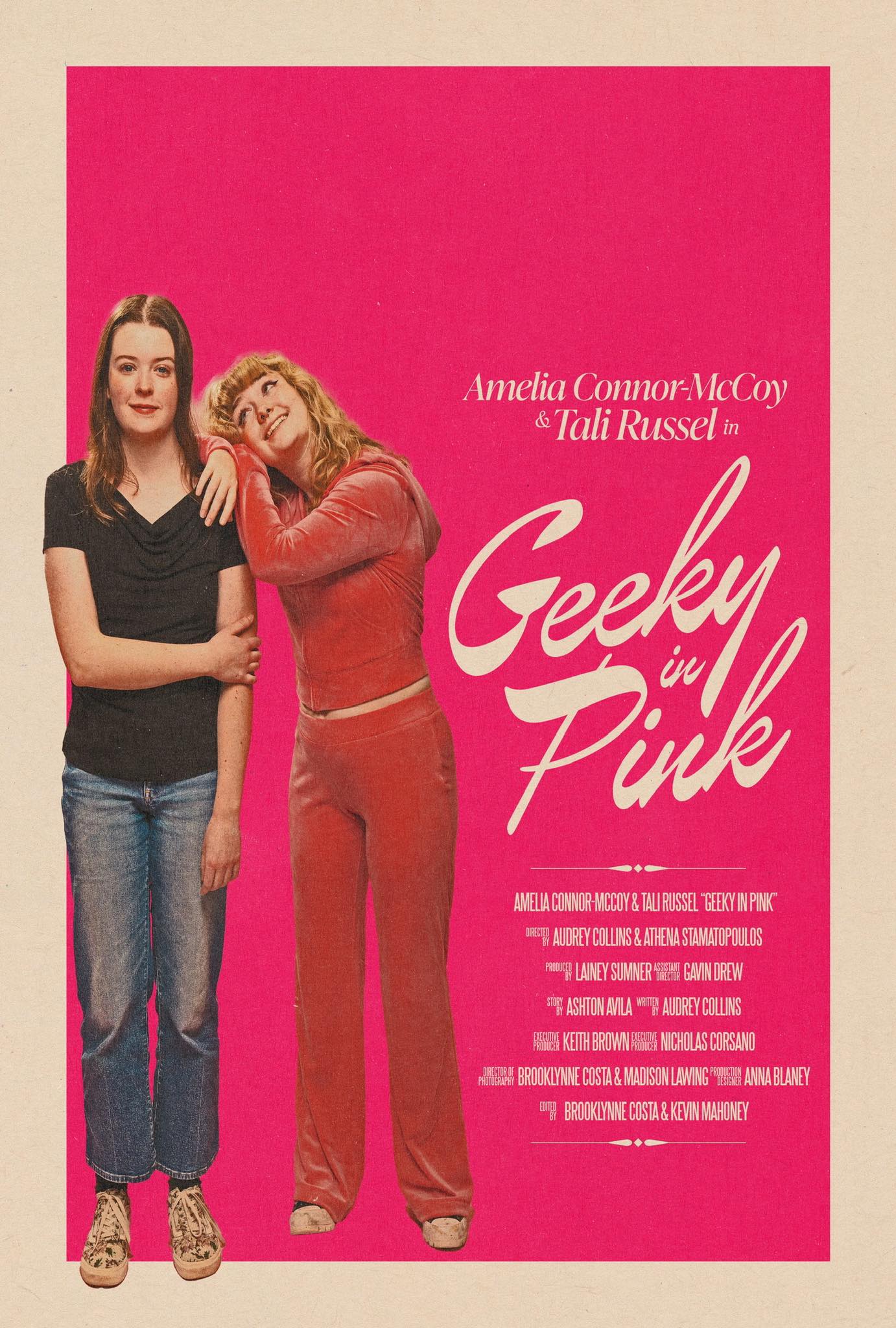Eric Gottesman, an artist, social activist and professor at George Washington University, shared his story at the University of Rhode Island on Thursday, Feb. 13 in the most recent presentation of the “Sustaining Democracies” lecture series, “Where Can We Go From Here?”
Gottesman opened the dialogue by inviting attendees to close their eyes and think about a time in their lives when they experienced pain.
“There’s a lot of pain right now, a lot of unprocessed pain,” Gottesman said. “I think right now is an important time for artists and art students to make work… For me, art has always been a way to release pain.”
Gottesman’s career in art and photography didn’t start out conventionally; in his young adult life, he thought his future was in law.
“I went to Washington, D.C. and I was working with the [United States] Supreme Court thinking I would work on human rights and international law,” Gottesman said. “I realized I need to be more in person with somebody, I needed more experiences.”
Those in-person experiences spanned the globe, as he collaborated with artists in places like Ethiopia and Lebanon. To Gottesman, collaboration in art is everything.
“I always say, ‘I’ve never made an artwork alone,’” Gottesman said. “In fact, I don’t think anyone has ever made artwork by themselves.”
With collaboration in mind, he co-founded For Freedoms, which is an artist-led organization that centers art as a catalyst for creative civic engagement, discourse and direct action, according to the For Freedoms website.
For Freedoms works across the country with artists and their pieces, cultivating engagement through public art exhibits, on billboards, in town halls and other events. For example, For Freedoms held a photo series that was a modern spin on Norman Rockwell’s “Four Freedoms” exhibition.
Gottesman’s organization took Rockwell’s predominantly white, Christian, heteronormative paintings, which highlighted civil freedoms, and turned them into photographs that encapsulated the diversity of the U.S.
These photographs received national attention, according to Gottesman. Eventually, Time Magazine ran the works on its 2018 cover. Gottesman described the exhibit as artistic collaboration at its largest scale – the scale of nationalism.
“Hacking the media is a way for art to have an amplification and to reach a more democratic audience,” Gottesman said.
The combination of activism and art didn’t come without controversy. During the 2016 election cycle, Gottesman’s organization displayed art on billboards to pose questions about the topic of civil rights to the public. Gottesman did so by combining a photograph from the Edmund Pettus Bridge protest in 1965 and the political slogan “make America great again.”
“We wanted to put [President] Donald Trump’s slogan on top of these photos,” Gottesman said. “In part to ask the question about the slogan: what does ‘again’ mean?”
The billboard sent mixed signals to citizens, according to Gottesman. Gottesman said that while some saw through the tongue-in-cheek messaging, others saw it as a sign in favor of the 2016 Republican candidate. CNN had even reported on the billboard, leaving Gottesman pleased that they had gotten a news corporation to “report on nuance.”
Gottesman has an exhibition up on display at the Corcoran Gallery of Art in Washington, D.C. through March, which includes some of the billboards shown at the presentation. More information regarding Gottesman and his events can be found at his website, ericgottesman.net.

